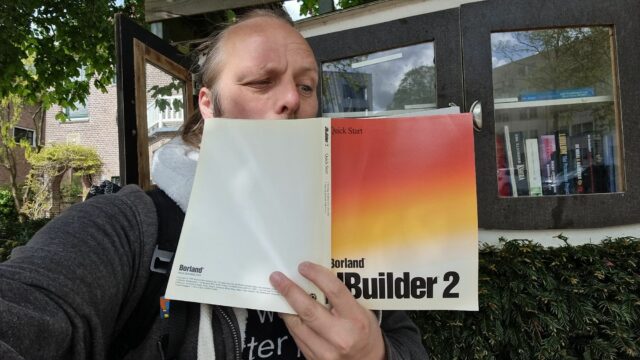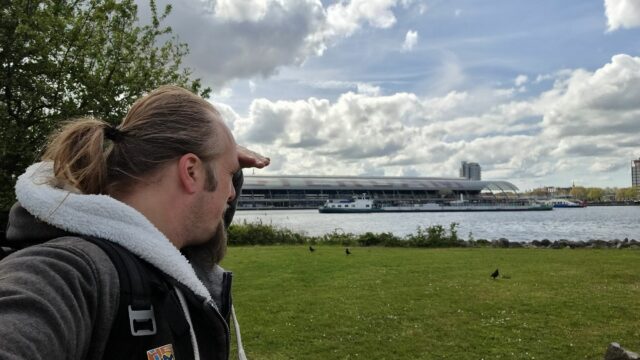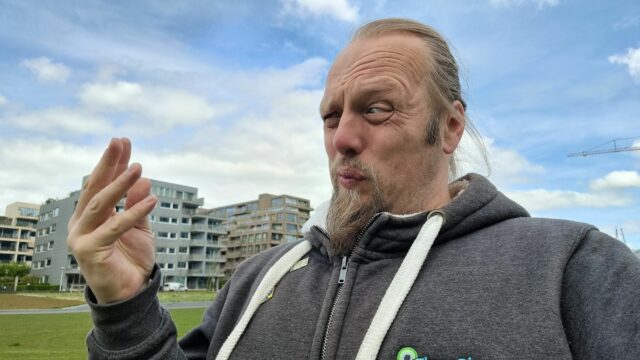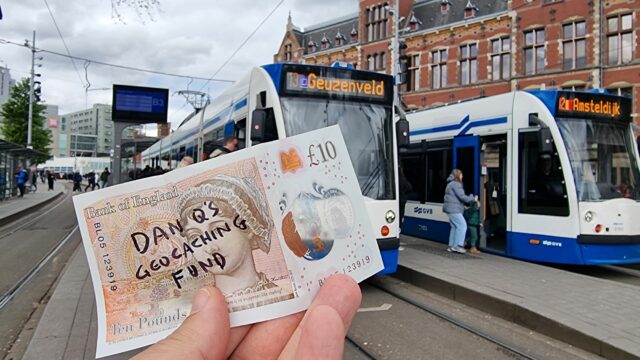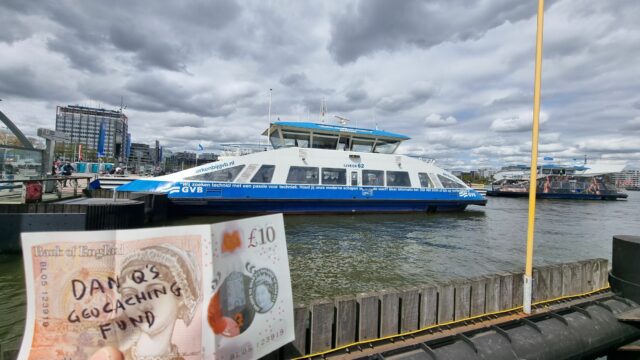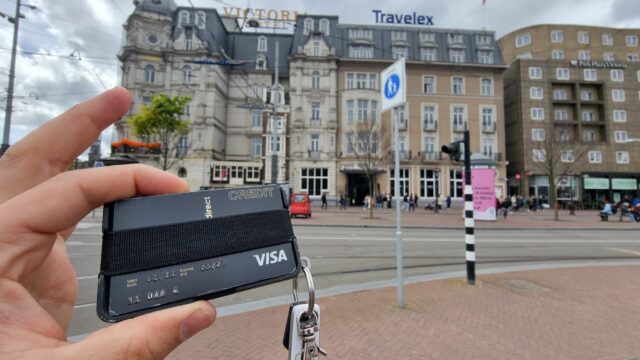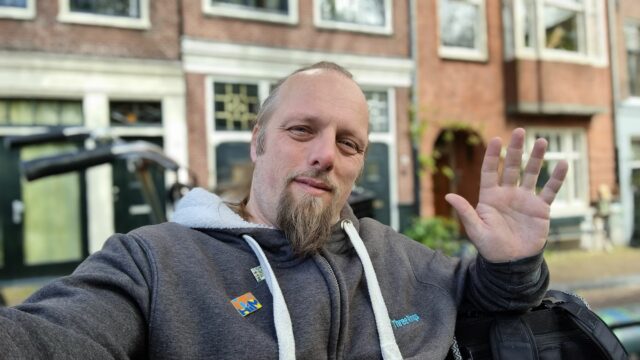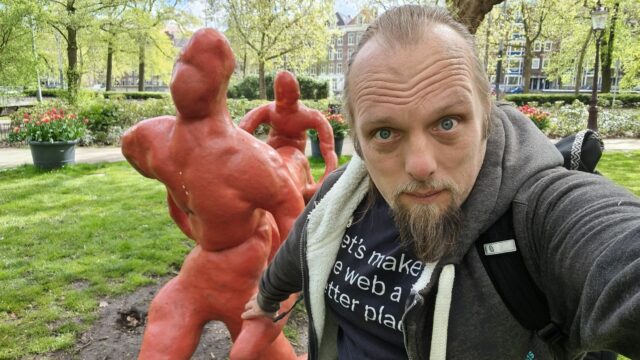This checkin to GC5K1KW Behind the Monument reflects a geocaching.com log entry. See more of Dan's cache logs.
Love the monument, delighted to see it. Took me a long, long time to find the cache though! Started by looking near the coordinates but couldn’t find anything likely to host the cache.
Spotted a likely host by the waterside and, evert though the coordinates seemed off, gave a good search there before giving up.
Then went to a nearby stall to buy a souvenir of my trip when I realised another possible route to the coordinates. Turns out there’s a big van parked right now blocking access to the
cache! (Looks like they’re setting up for an event, maybe for King’s Day?) Squeezed past and used my phone in selfie mode as a mirror to scan the place I thought the cache might be.
Success! Retrieved cache, signed log, and returned.
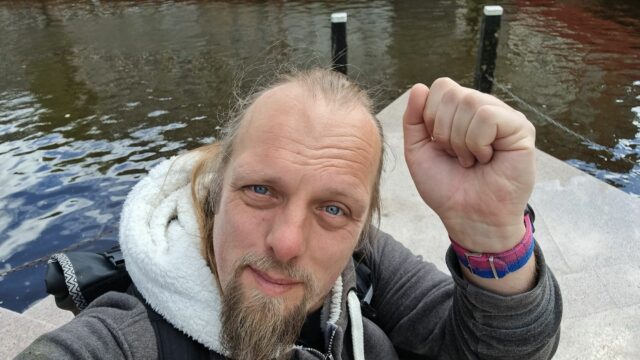
Thanks for bringing me here, and for a well-hidden cache. Greetings from Oxfordshire, UK!
